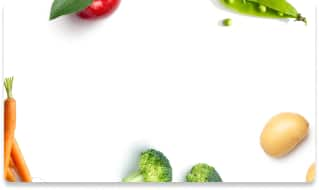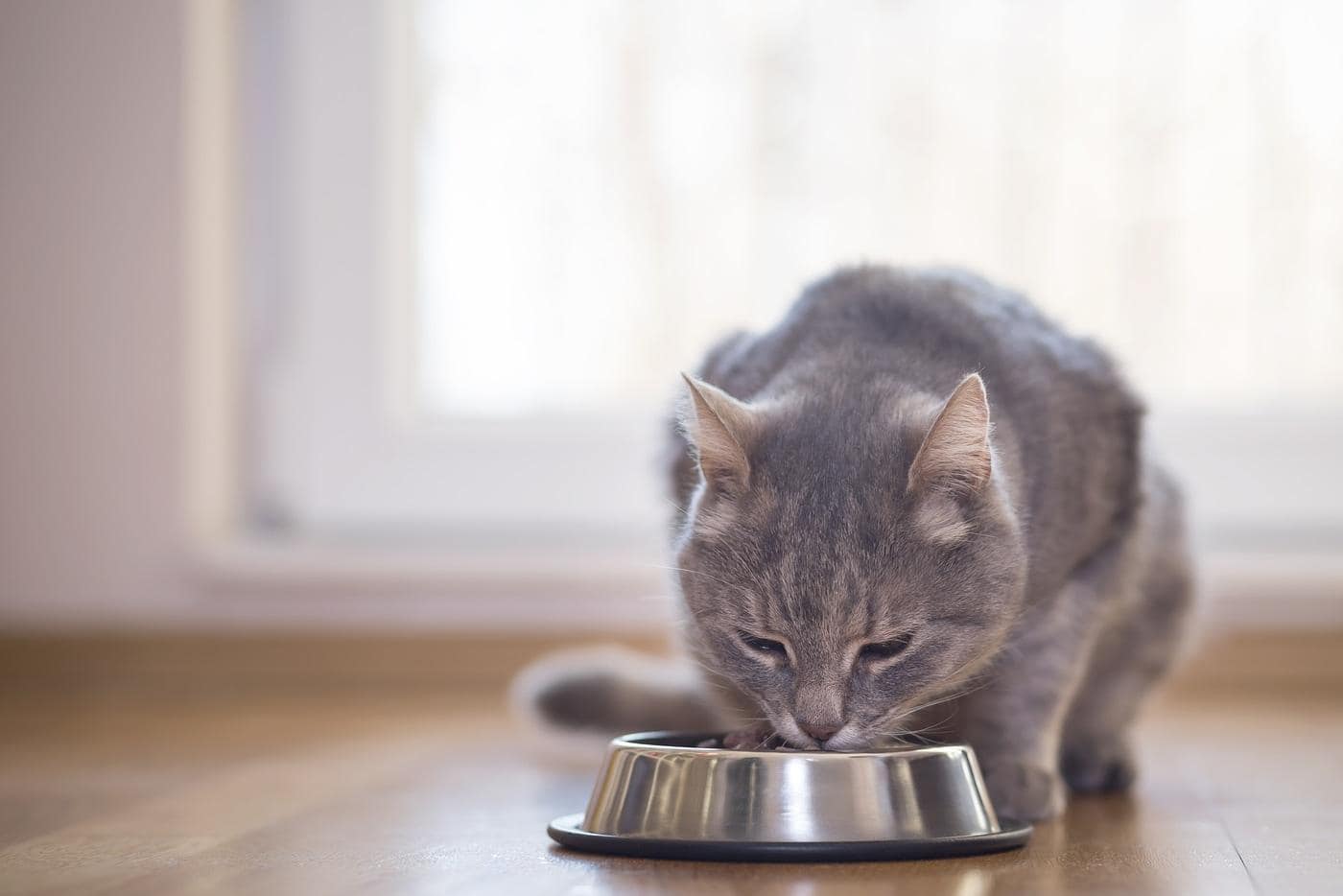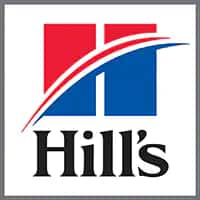
-
Find the right food for your petTake this quiz to see which food may be the best for your furry friend.Find the right food for your petTake this quiz to see which food may be the best for your furry friend.Featured products
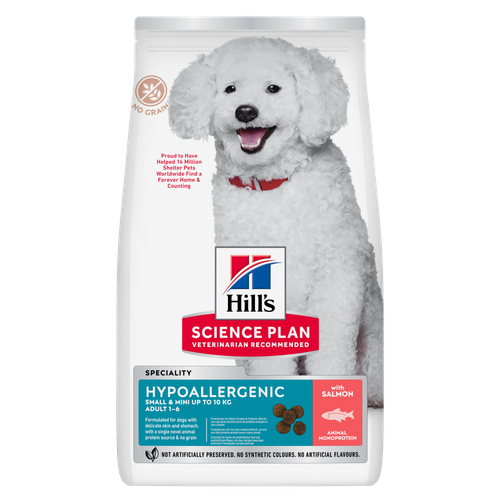 Hypoallergenic Small & Mini Adult Dog Food
Hypoallergenic Small & Mini Adult Dog FoodHILL'S SCIENCE PLAN Hypoallergenic Small&Mini Adult dog food with Salmon is complete pet food for adult small dogs 1–6 years old. It's formulated for dogs with delicate skin and stomach, with limited high quality novel protein sources & no grain.
Shop Now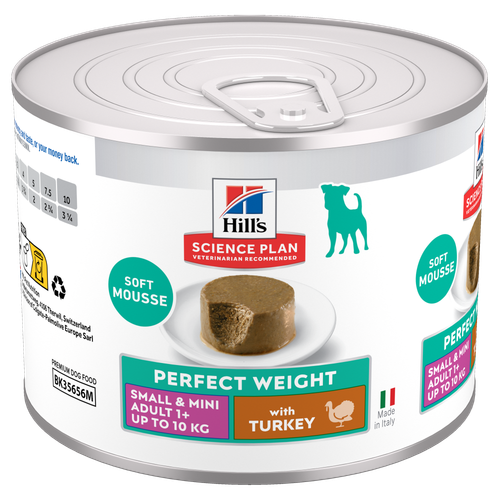 Perfect Weight Small & Mini Adult Dog Food
Perfect Weight Small & Mini Adult Dog FoodHill's Science Plan Adult Small & Mini Dog Food with Turkey is a complete premium pet food for adult small dogs from 1 year old that are prone to weight gain or slightly overweight. This deliciously smooth mousse is formulated to deliver the appropriate amount of energy to support weight maintenance in adult dogs.
Shop Now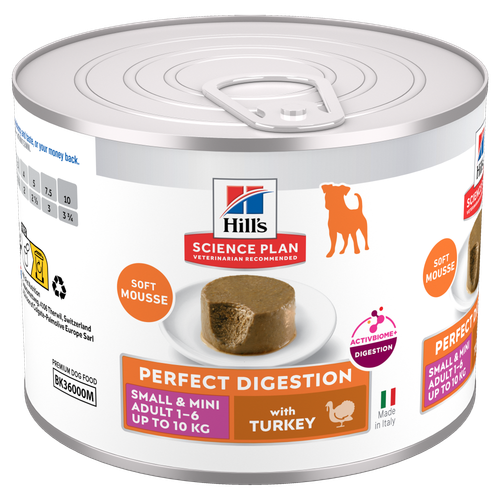 Perfect Digestion Small & Mini Adult Dog Food
Perfect Digestion Small & Mini Adult Dog FoodHill's Science Plan Perfect Digestion Small & Mini Adult Dog Food with Turkey is a complete premium pet food for small breed adult dogs aged 1–6 years. This deliciously smooth mousse is precisely balanced to deliver the appropriate amount of energy and to support digestive health in adult, small breed dogs.
Shop NowFeatured products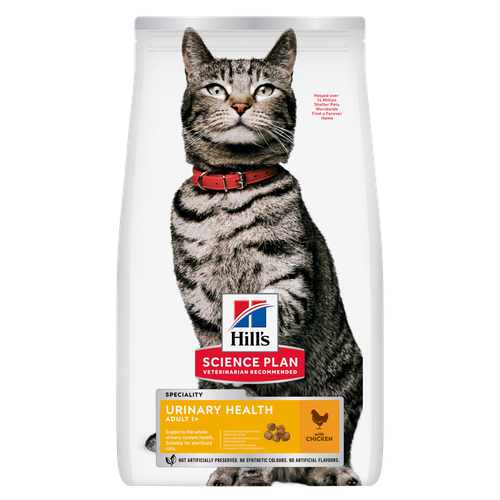 Urinary Health Adult Cat Food with Chicken
Urinary Health Adult Cat Food with ChickenHill's Science Plan Urinary Health Adult Cat Food with Chicken supports the health of the whole urinary system. Suitable for sterilised cats.
Shop Now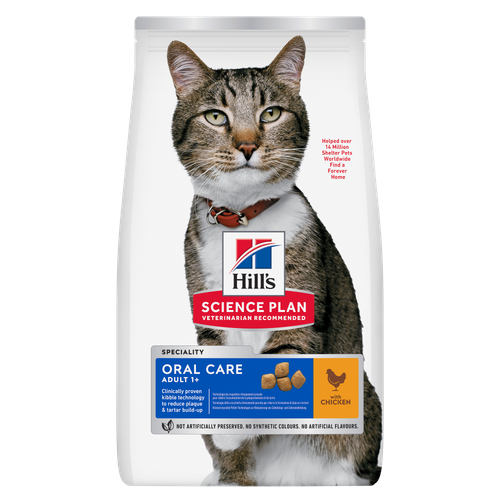 Oral Care Adult Cat Food
Oral Care Adult Cat FoodHill's Science Plan Oral Care Adult Cat Food with Chicken contains clinically proven kibble technology to reduce plaque & tartar build up.
Shop Now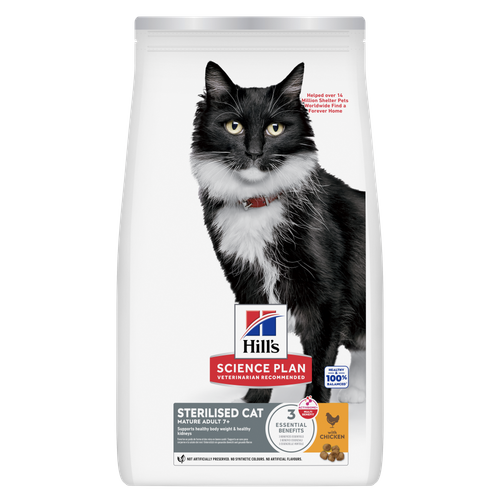 Sterilised Mature Adult Cat Food
Sterilised Mature Adult Cat FoodHill's Science Plan Sterilised Cat Mature Adult Cat Food with Chicken is specially formulated with ActivBiome+ Multi-Benefit Technology. It is a precisely balanced nutrition tailored to meet the needs of mature adult sterilised cats, ages 7+, and to promote graceful ageing.
Shop Now -
Dog
- Dog Tips & Articles
-
Health Category
- Weight
- Food & Environmental Sensitivities
- Urinary
- Digestive
- Joint
- Kidney
-
Life Stage
- Puppy Nutrition
- Adult Nutrition
- Senior Nutrition
Cat- Cat Tips & Articles
-
Health Category
- Weight
- Skin & Food Sensitivities
- Urinary
- Digestive
- Kidney
-
Life Stage
- Kitten Nutrition
- Adult Nutrition
Featured articles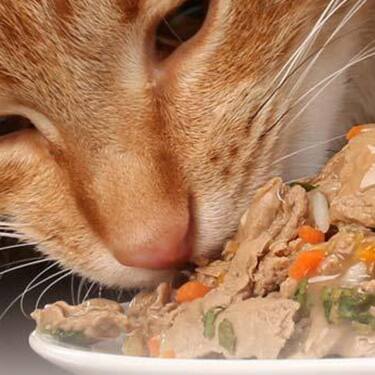 Tips For Mixing Wet And Dry Pet Food
Tips For Mixing Wet And Dry Pet FoodDiscover tips for mixing wet and dry pet food to ensure balanced nutrition and variety for your pet. For comprehensive feeding advice, visit Hill's Pet UK.
Read More Develop your gut instinct | Hill's Pet
Develop your gut instinct | Hill's PetDigestive disorders can affect any part of the digestive system, from the stomach, small intestine and through to the large intestine.
Read More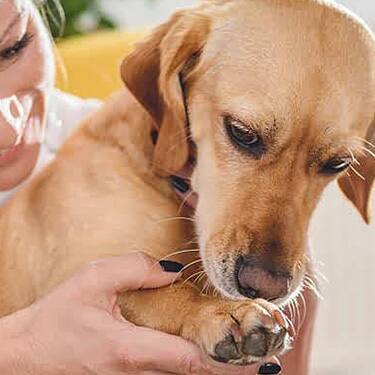 Virtual Vet Visits: What You Need to Know
Virtual Vet Visits: What You Need to KnowLearn the ins and outs of a televet appointment before you talk to a vet online.
Read More -


Nutrition plays a major role in your cat’s health and wellbeing, so it’s important to choose the right cat food for your feline friend. However, both new and seasoned pet owners alike can find it challenging to make sense of the information on cat food labels. Read on to find out how to read cat food labels so that you can make an informed decision when choosing your cat’s food.
What’s on the cat food label?
The information on cat food labels is regulated by the Food Standards Agency (FSA). By law, specific details about the product must be included (known as statutory or obligatory declarations), and all information must be factual and accurate. Cat food labels must not mislead customers about the nature, content or quality of the product. Required information includes:
Product name and description. This includes the animal species, lifestage, and any specific needs for which the product is intended, as well as the type of pet food (“complete” or “complementary”). For example: “Complete pet food for adult cats.”
“Complete" means that, when fed as instructed, the pet food provides all the nutrients your cat requires each day.
“Complementary” means that the food is either intended to be mixed with other food or fed as a snack or a treat for your cat.
Composition (ingredients list). The ingredients should be listed in descending order of weight (from highest to lowest). Depending on location, some pet food manufacturers may list ingredients in one of two ways: by category name (e.g., meat and animal derivatives, vegetables, cereals, minerals, etc.) or by single ingredient names (e.g., poultry meal, tuna meal, carrots, wheat, rice, etc). As there is typically a long list of minerals, note that they may be grouped into a single “minerals” category on the label even when the other ingredients are listed individually. If the manufacturer draws attention to a specific ingredient on the label, the ingredients list should declare the amount of this ingredient included.
Additives. Pet food ingredients are considered either feed materials (e.g., chicken liver, tuna meal, carrots, etc.) or additives (e.g., Vitamin A, Vitamin E, beta-carotene , trace elements, amino acids, etc.). Many of the additives used in pet food are also used in human food and are essential for assuring nutritional completeness of the product.
UK and EU legislation has a very strict process in place to assure that all additives are safe and authorised for use in pet food, and requires manufacturers to declare the use of certain additives on the label. You will see the word “additives” followed by their categories, names and/or identification numbers, and amounts. Vitamins and pro-vitamins can be declared under this heading along with their added amount, or on the list of analytical constituents along with the amount the pet food is guaranteed to contain at the end of its shelf life.
Analytical constituents. Similar to the nutritional information on human food labels, manufacturers of pet food are required to declare levels of:
Crude protein.
Fat.
Crude fibre.
Crude ash.
Moisture for products containing more than 14% moisture.
Terms like “crude” and “ash” can be confusing! “Crude” refers to an estimated amount that doesn’t tell you anything about the nutrient other than the quantity. Rather than indicating that ash is added to the pet food, “ash'' refers to residue from the methods used to analyse the product in the lab. You may see it referred to as “incinerated residue” or “inorganic matter” instead.
Feeding guide and Instructions for use. The food label should include recommendations for how much to feed your cat and how often. Keep in mind that the feeding guide is developed for an average pet, so always consider the size, age and level of activity of your cat. Start by feeding the suggested amount and keep an eye on your cat’s weight and body condition, adjusting the amount or frequency of the food if necessary.
Storage instructions. These instructions will tell you how to store the food in order to maintain freshness and safety. They may include instructions like “keep in a dry, cool place” or “refrigerate unused portions”, for example.
Net quantities. Similar to human food, the net weight of the pet food must be indicated on the packaging.
Best before date. A date written in a MM/YY format or DD/MM/YY format (for microbiologically perishable pet foods) indicates the shelf life of the product.
Business address. The label should feature the business name and address of the business operator responsible for labelling. In the UK, that must be an address in Great Britain or Northern Ireland.
Contact information. You will also find contact information on the label, such as a free phone number, email address, website, or other way to contact the producer/distributor.
Batch number and approval number of the manufacturing plant. Known as traceability tools, the batch number and the approval number allocated to the producing facility must be printed on the label to allow the product to be traced.


Tasty Tips
It’s important to keep in mind that each individual cat has its own unique nutritional needs. Your vet can guide you on which specific ingredients and nutrients your cat needs according to their age, health status, environment, lifestyle and breed.
Ingredients vs. Nutrients: What to Look for on a Label
Are ingredients and nutrients the same thing? For both you and your cat, the answer is no. Ingredients are the raw materials used in pet foods to supply the nutrients your pet requires. In other words, ingredients are nutrient delivery vehicles.
Ingredients and nutrients are both important when it comes to cat food. Each ingredient brings a unique set of nutrients to your cat’s food, combining to provide complete and balanced nutrition that supplies all required nutrients in the correct ratio. Talk to your vet about essential nutrients and recommended ingredients your cat needs.
Buzz about high-protein diets can leave some cat parents looking for cat food packed with extra protein. However, even though protein is a vital nutrient for your cat, unless your vet tells you that your pet needs a high-protein diet, more protein is not necessarily a good thing. Rather, just like any ingredient or nutrient, it should be properly balanced in the right proportions for your cat.
Your cat needs other nutrients besides protein to stay healthy. The best cat foods have a balanced mix of essential nutrients such as protein, fats, carbohydrates, vitamins and minerals. For instance, Hill's Pet cat foods are complete and well-balanced to support your cat's health and wellbeing.
Noticed something unfamiliar on your cat food label? Sometimes the scientific terms for ingredients are used, which can be confusing or concerning when you see them on the ingredients list, but they are actually very important for your cat’s health. If you’re ever in doubt about an ingredient on your cat food label, make sure to talk to your vet. They’re a great source of information and can help you understand what role each ingredient plays in your cat’s health.
You can find lots more helpful resources on cat food ingredients and labelling by visiting UK Pet Food (previously known as the Pet Food Manufacturers' Association or PFMA), FEDIAF, or Hill’s Pet. You can also reach out to a pet food manufacturer directly to inquire about specific products.
Picking the Right Food for Your Cat
Once you’ve looked at a few different labels, talk to your vet and get their thoughts. Your vet knows all about your cat’s individual needs and can provide an informed recommendation about the best food for them. Start by buying a small amount of the cat food to make sure your cat likes it, and transition to the new food gradually to avoid upsetting your cat’s digestion. While many cats will love the taste of one food, some cats can be fussy (just like children). Hill’s Pet offers a 100% money-back guarantee, so if your cat doesn’t love their new food, you get your money back.
Finally, a healthy cat food is one that you and your vet agree meets the nutritional needs of your individual cat. Just because you've fed one cat a particular food for years, that doesn't mean it's the best choice for a new cat. Over time, some cats develop additional nutritional needs based on their age, lifestyle, or genetics, and may require a dietetic cat food.
Regular vet check-ups and frequent monitoring of your cat’s diet and behaviour are essential parts of being a responsible cat parent, as is knowing how to read pet food labels. Now that you better understand what you're looking at, the next time you read a cat food label you can make an informed purchase decision. If you ever have specific questions about any of Hill's® cat foods, you can also contact us or start a chat with us at www.HillsPet.co.uk


Chrissie Klinger is an educator, writer and mother of two children, three dogs and three cats. Her dog Jake loves sitting on her lap every chance he gets! She enjoys living an active and eco-friendly lifestyle in rural Pennsylvania.
Related products

Hill's Science Plan Oral Care Adult Cat Food with Chicken contains clinically proven kibble technology to reduce plaque & tartar build up.

Hill's Science Plan Sterilised Cat Mature Adult Cat Food with Chicken is specially formulated with ActivBiome+ Multi-Benefit Technology. It is a precisely balanced nutrition tailored to meet the needs of mature adult sterilised cats, ages 7+, and to promote graceful ageing.

Hill's Science Plan Urinary Health Adult Cat Food with Chicken supports the health of the whole urinary system. Suitable for sterilised cats.
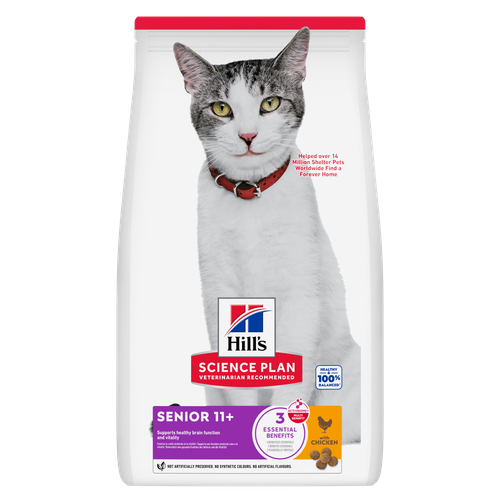
Hill's Science Plan Senior Cat Food with Chicken is a complete pet food, specially formulated with ActivBiome+ Multi-Benefit Technology.
This food supports healthy aging during the golden years. Contains a special ingredient blend to help keep older cats agile, more alert & interactive.
Related articles
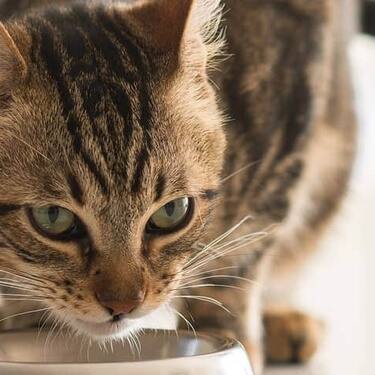
Discover what you can do to spot and support a sensitive cat stomach. See what routines and food you can implement to help your cat be happy and healthy.
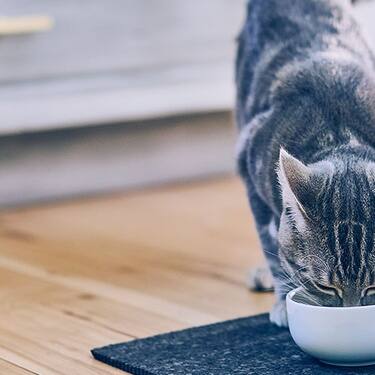
Good nutrition is about the right balance of nutrients. Learn more about health issues when feeding a cat food that has an improper nutritional balance from your friends at Hills Pet Nutrition.
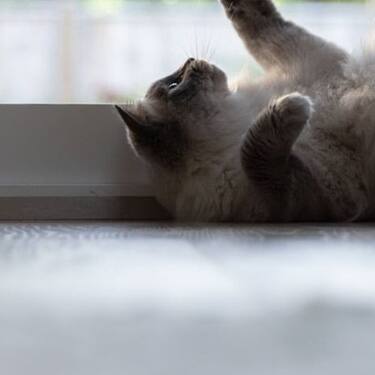
Feeding time can be a wonderful bonding opportunity for you and your cat. Find out how to make the most of it and create a healthy habit with HIll's Pet UK.
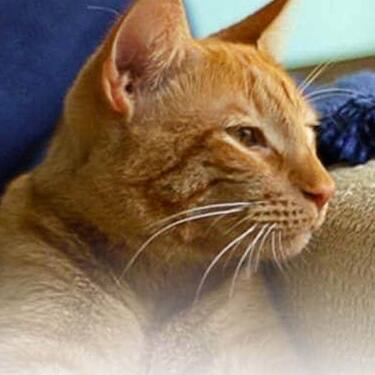
Find the right Hill
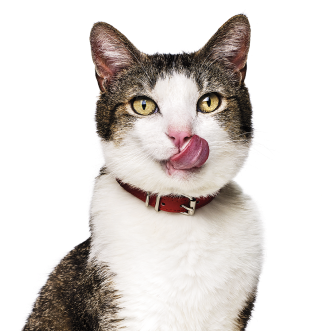
Put your cat on a diet without them knowing
Our low calorie formula helps you control your cat's weight. It's packed with high-quality protein for building lean muscles, and made with purposeful ingredients for a flavourful, nutritious meal. Clinically proven antioxidants, Vitamin C+E, help promote a healthy immune system.
Put your cat on a diet without them knowing
Our low calorie formula helps you control your cat's weight. It's packed with high-quality protein for building lean muscles, and made with purposeful ingredients for a flavourful, nutritious meal. Clinically proven antioxidants, Vitamin C+E, help promote a healthy immune system.

